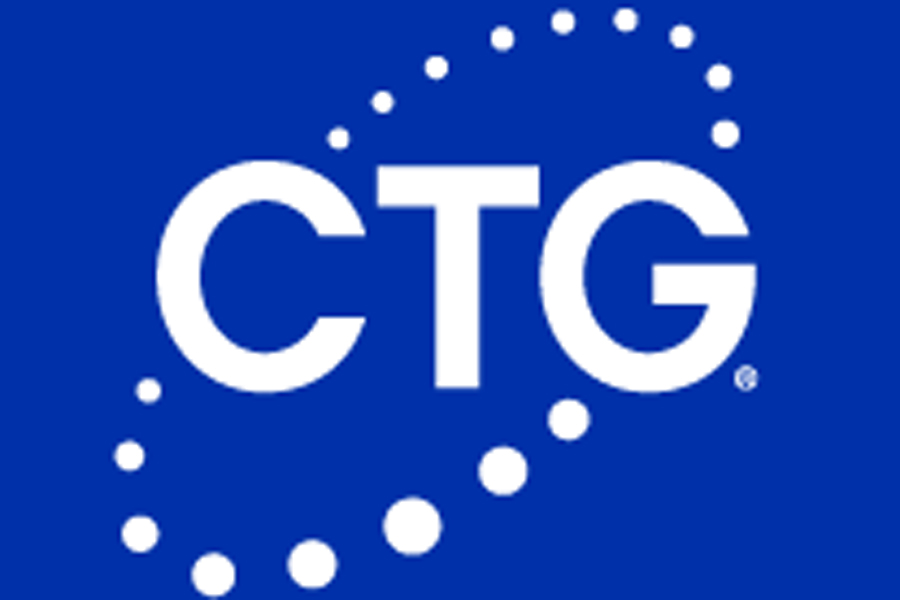John Irvine, director of Client Services for CTG Energetics, a partner company of MCM Group International, was invited to Lianyungang City in Jiangsu province by local government officials to present a seminar on LEED and sustainable development, demonstrating China’s commitment to sustainable urban planning.
Professional and public awareness of the green movement in China is growing exponentially. China’s top policy advisory body placed “low-carbon economy” at the top of its entire policy agenda. Green technology and green buildings are key mechanisms to address climate pollution and other environmental challenges. This has turned China into one of the largest consumers for sustainable architecture, seeking the know-how and expertise of leading international companies, such as MCM Group International and its partner companies.
Irvine began his seminar with a discussion of what LEED is, how it works and the benefits of employing its standards and practices to the development of Lianyungang City.
“LEED is an internationally recognized green building certification system,” said Irvine, “which provides third-party verification that a building or community was designed and built using strategies aimed at improving performance across all the critical metrics like energy savings, water efficiency, CO2 emissions reduction, improved indoor environmental quality, and stewardship of resources and sensitivity to their impacts.”
Some 100 local officers attended Irvine’s presentation, where their appreciation for his work was visible. Irvine drew upon CTG and MCM Group International’s numerous projects to illustrate how low-carbon and sustainable designs are created and maintained. He emphasized why now more than ever, it’s critical to utilize LEED concise framework for identifying and implementing practical and measurable green building design, construction, operations and maintenance solutions.
Irvine commented on the most important natural resource for Lianyungang – their water resources including their freshwater lakes and rivers, marine areas, beaches, wetlands and fisheries: “Water efficiency buildings are major users of our portable water supply. LEED encourages developers in the smarter use of water, inside and out.” Audience members ask Irvine to address past conflicts that had arisen between the needs of environment and demands of the economy and appeared hopeful of his continued involvement and guidance in the continued development of their city.

